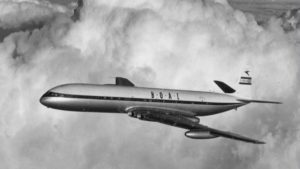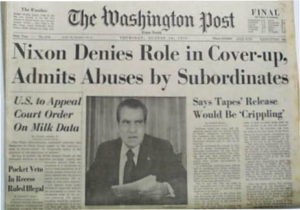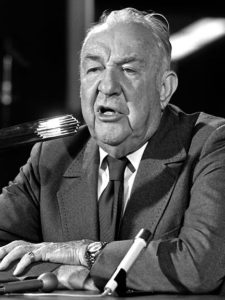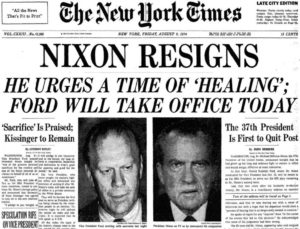
I’m just a punk kid Boomer, I’m the first to admit it. After all, JFK’s assassination was my first coherent memory. My oldest brother was already seventeen years old when our President was gunned down.
Today’s piece is aimed at Boomers of his generation. It’s all about when traveling by jet airliner became a commonplace occurrence.
The de Havilland Comet began service in 1952. It was the first jet airliner. Prior to the Comet, and for quite a few years afterwards, piston-engine-driven airliners were the norm. These included venerable classics like the Convair CV-240, The Douglas DC-6 and DC-7, and the sexiest airplane ever built, IMHO, the Lockheed Constellation.
For the average family in the early 50’s, the concept of getting on an airplane and going somewhere was not feasible. A train ticket could be obtained for much less, and a bus could be boarded if one’s budget would not allow for the luxury of a ride on the rails.
But airline travel was expensive! It was a special event indeed to board a plane.
But even if the elder Boomers couldn’t afford to actually fly, they were still inundated by advertising on TV and in print. And that advertising changed as the decade progressed: Airplanes were depicted with jet engines instead of the piston variety.
With federally regulated air travel of the era, flying was a sumptuous experience that would frequently motivate its participants to don their Sunday best. And the addition of jet power made for faster getting-there. Boarding a 50’s era Comet or 707 was indeed cause for celebration.
Speaking of the Comet, it was born in 1949, and by 1952 was approved for usage by any airline that wished to spring for one. However, a basic design flaw nearly put de Havilland and the Comet out of business, thanks to a series of notorious and tragic mishaps.

The Comet sported square window openings. The sharp corners that were thereby cut into the frame proved to be a source of strain for the structure’s integrity, and in 1954, two disastrous crashes resulted from the flaw. Comets were grounded for years, and it was 1958 before they flew again. By that year, Boeing had introduced the 707, and Douglas had launched the DC-8.
That was good news for consumers, but bad news for de Havilland as well as the remaining piston-powered aircraft. The piston planes were much more economical to operate, as their engines could go much farther on a tank of fuel. But consumers wanted speed, and their voice ultimately doomed classic rides like the sinuously curved Constellation.
By the way, if you’d like to see a Connie up close and personal, visit the Naval Air Museum in Pensacola, Florida. Admission is whatever you would like to pay, and you can spend a week savoring every piece of aviation history.
The Comet never did recover from its bad luck and bad press. Production ceased in 1964, although individual examples continued to fly commercially until 1981.
Boeing and Douglas took over the jet airliner business, and continue to dominate into the 21st century.
Occasionally, we might have to take a ride on a turboprop-powered plane for a connecting flight. The vibration and slower speed may prove to be a source of annoyance, especially since we are crammed like sardines into a cabin which must carry as many passengers as physically possible in order for the airline to turn a few cents of profit.
But those of us who can remember the decade of the 50’s might possibly be taken back to a simpler time when even slower turning propellers powered the aircraft that one felt very privileged to board. And climbing onto a jet-powered plane of the era was a treat beyond description.



